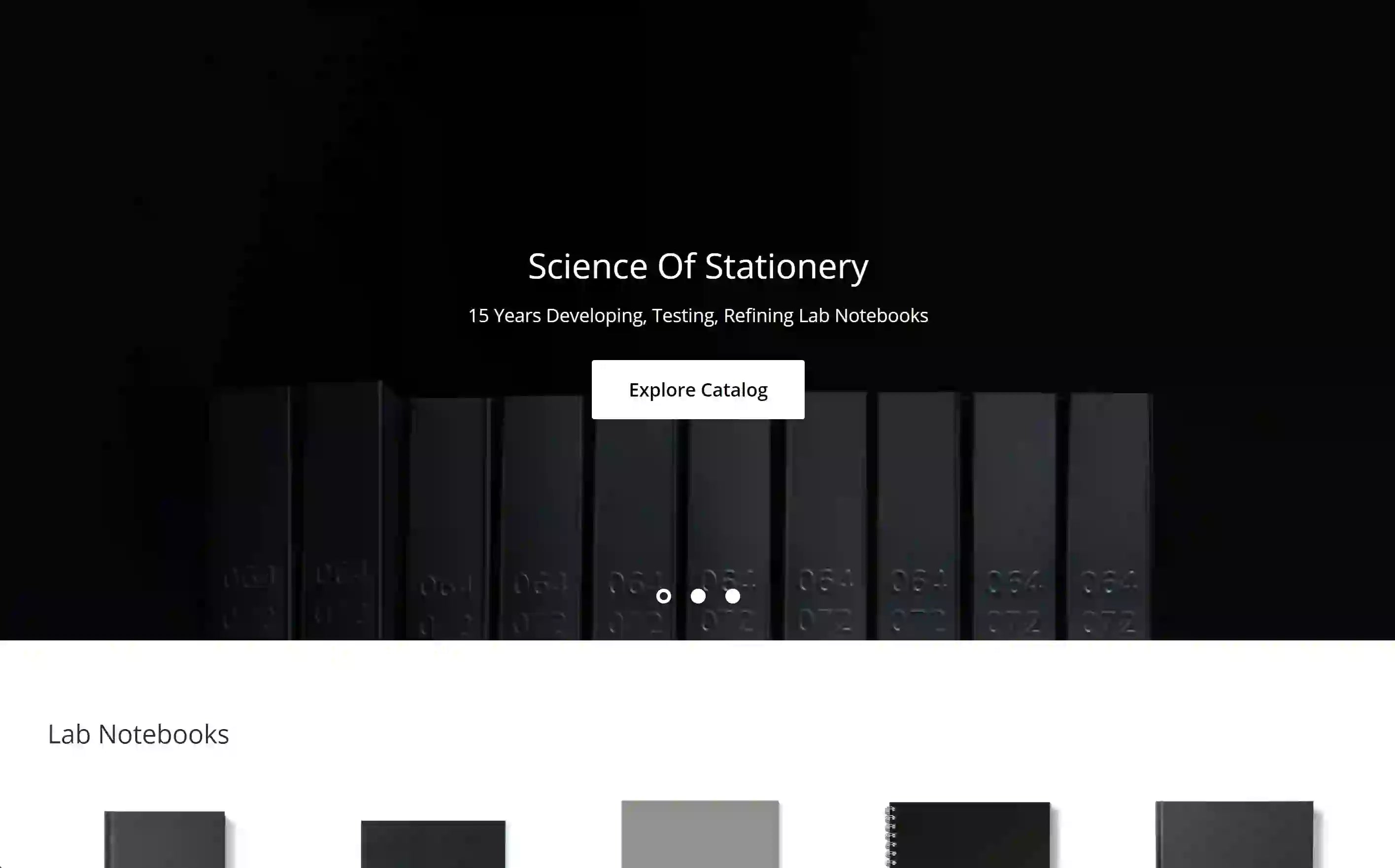Why Traceability Matters
Why is this verification essential?
-
Data Integrity: You need to ensure your results are spot-on. Being able to trace everything back helps confirm your data is legit.
-
Reproducibility: The golden rule of science—if someone else does the same experiment, they should get the same results. Traceability helps with this.
-
Regulatory Compliance: If your project is being funded or reviewed by external bodies, you’ll need a clear, documented trail to follow.
-
Error Prevention: If something goes wrong, you can determine what went off course.
How Lab Stationery Keeps Everything on Track
Even though digital tools and fancy lab management systems have made a significant impact, paper-based lab stationery is still your go-to for reliable traceability. Why? Because it's hands-on, and when used right, it doesn’t miss a thing.
1. Lab Notebooks: Your Research’s Best Friend
Think of your lab notebook as your project’s diary—it’s where all the magic happens, and everything gets recorded. From initial hypotheses to final conclusions, your lab notebook should capture it all, and having one that’s organized and durable makes a drastic difference in traceability.
-
Consistency: A notebook with a consistent format ensures you don’t forget anything important and keeps your entries easy to follow.
-
Durability: Using a high-quality notebook with acid-free pages means your notes will survive the test of time—whether a quick scribble or a detailed experiment.
-
Page Numbering: Numbered pages, date stamps, and signed entries give you a clear timeline, making it easy to track what happened and when.
2. Sample Tracking Forms: Because Your Samples Deserve the Best.
In long-term research, you’ll be dealing with samples that need to be tracked and stored correctly, and that’s where sample tracking forms come in. A good labeling and tracking system ensures you’ll always know where each sample is and, more importantly, where it’s been.
-
Clear Identification: Clear, durable labels and tracking forms ensure your samples don’t get confused or misplaced.
-
Chain of Custody: Keeping track of who’s handled each sample and when you create a “chain of custody” that ensures accuracy and accountability.
-
Storage Conditions: Paper logs help you track storage conditions like temperature, humidity, and time so you don’t miss anything critical.
3. Experiment Logs and Reports: Keep Your Experiments in Check
-
Details Matter: Documenting every step, including materials, methods, and results, ensures you can always recreate the experiment.
-
Standardized Format: Using templates for experiment logs helps ensure consistency, making it easy to track progress and troubleshoot when needed.
4. Standard Operating Procedures (SOPs): Keep It Consistent
-
Clear Protocols: SOPs written down on stationery help ensure everyone is on the same page about how experiments should be done.
-
Version Control: Using binders or checklists to track updates to SOPs keeps everyone using the latest versions and ensures that your methods stay consistent.
5. Equipment Logs: Keeping Your Tools in Check
-
Maintenance Tracking: Equipment logbooks track the last time your tools were calibrated, repaired, or cleaned so you can prevent any errors caused by faulty equipment.
-
Reliable Results: Keeping detailed records of your equipment helps you ensure that your research results aren’t affected by equipment malfunctions or inconsistencies.



